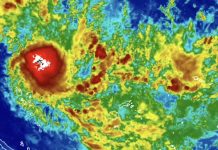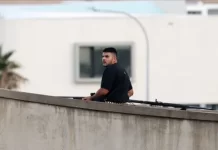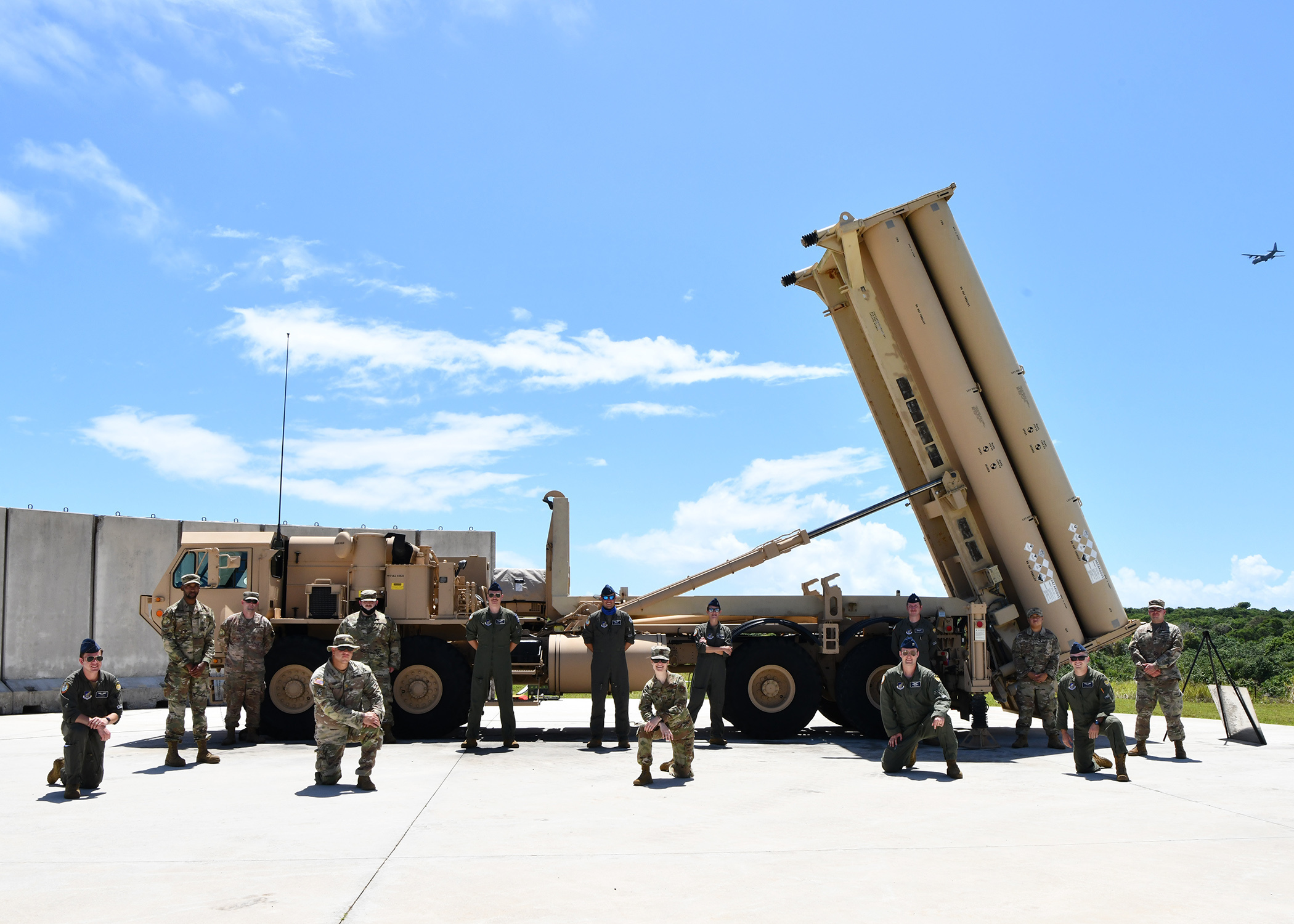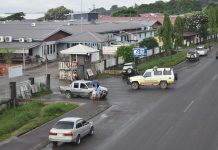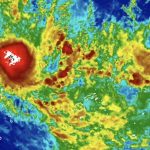A planned missile defence system on the island of Guam could turn the U.S Pacific territory into a “target,” local residents have said, as opposition to the plans grow.
The Pentagon plans to invest US$1.5bn in a 360-degree, air and missile defence architecture on Guam. It aims to complete the system by 2027.
In January, the Missile Defence Agency (MDA), a procurement division of the Department of Defence, awarded a half-a-billion-dollar contract to Lockheed Martin to develop Guam’s missile defence system. The components will be built on sites that will be selected among 20 potential locations.
Plans for the defence system have been met with widespread resistance from the residents of Guam. The objections include concerns the territory will become embroiled in any potential conflict, as well as fears over environmental risks to the island and its indigenous culture.
“U.S force projection makes Guam a target. If there is war we are in the cross-hairs,” said Kenneth Kuper, assistant professor of political science at the University of Guam.
“Today the military talks about ‘defence’ but plans for putting offensive missiles in Guam are under way.”
Robert Underwood, Guam’s former delegate to the U.S Congress who founded the thinktank Pacific Centre for Island Security, said the territory “is being used as an experimental test site for missile defence development”.
“A few missiles making it through may not be the worst-case scenario for the military’s ability to sustain operations, but for those who call the island home, this can destroy lives and livelihoods,” Underwood said.
There are also worries that the scale of the proposed system would expand the military footprint in Guam and claim land belonging to the indigenous Chamorro community. The territory has a population of about 170,000 including roughly 21,000 U.S military personnel who are stationed at three bases.
Josephine Ong, a local scholar specialising in historic preservation, said the proposed defence system would “require the use of land beyond the scope of or existing bases and government property, further dispossessing Chamorros of lands that are already occupied by the U.S military”.
The Pentagon has described China’s rising assertiveness as “the most consequential and systemic challenge” in the Indo-Pacific region.
“Current forces are capable of defending Guam against today’s North Korean ballistic missile threats … However, the regional threat to Guam, including those from [China] continues to rapidly evolve,” Michelle Atkinson, MDA’s director for operations, said in a press briefing in March.
Guam’s defence currently consists of a single Terminal High Altitude Area Defence (THAAD) battery – an anti-ballistic missile defence system designed to intercept and shoot down short-, medium- and intermediate-range missiles in their terminal phase.
Rear Admiral Gregory Huffman, commander of the Joint Region Marianas, which oversees the U.S military bases on Guam, said the proposed defence system was aimed at defending the island “against rapidly evolving advanced missile threats from regional adversaries”.
Many Guam residents shared their concerns over the plans at a public meeting facilitated by lawmakers last week.
“The reality is [that] U.S and China … are both provoking violence,” Toni Brooks, a military veteran, said at the meeting.
“We need to ask ourselves: do we want to be a willing participant in that? Does that align with the values of the Chamoru people and of those who have decided to call Guam home?”
In a letter to the Guam legislature, Huffman said the Missile Defense Agency was preparing an environmental impact statement on the missile defence system and measures to mitigate them.
Therese Terlaje, the speaker of the Guam legislature, said the community must continue to be consulted on the project.
“We have learned from past Department of Defense projects that without complete details … Guam’s leaders and public cannot effectively prevent the adverse impacts to health, safety, environment, land, and culture that result from these projects,” she said.
SOURCE: THE GUARDIAN/PACNEWS




